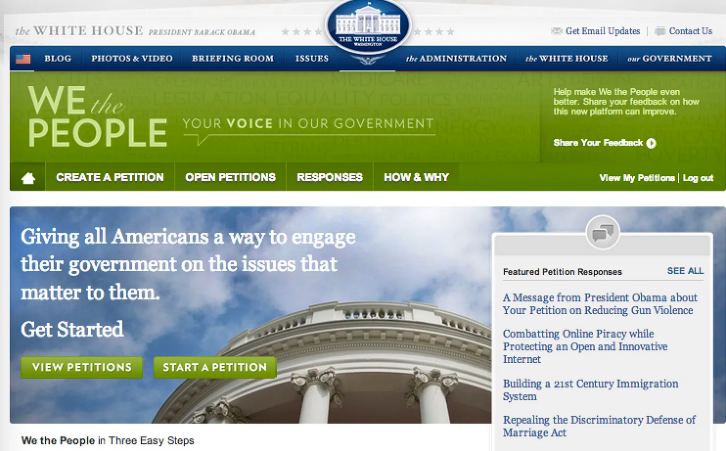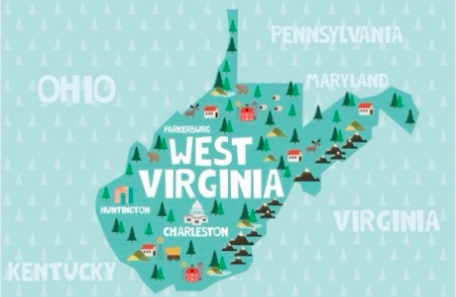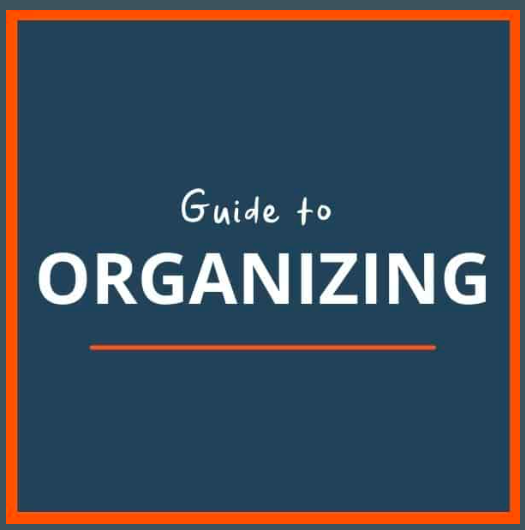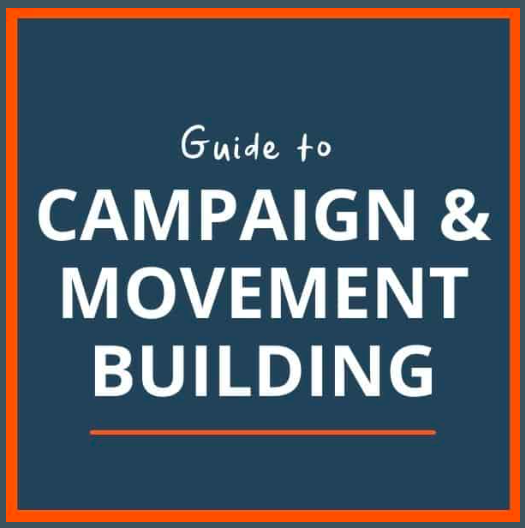Resources
Search below for resources covering the intersection of climate engagement, social science and data analytics.
RESULTS
On the declining relevance of digital petitions
Digital petitions are a mostly-outdated tactic now. Both our politics and our media environment have moved in directions that render them less useful. Where petitioning used to be the central tactic in a digital campaigner’s toolbox, the Trump years saw a rebirth of collective, place-based mobilization. They were years of record-setting marches and participatory local-level civic engagement. Plus we’ve seen a renaissance in union organizing these past few years. But still, the relevance of petitions has diminished—related to the pervasive sense that government officials no longer behave as though listening to and representing citizens is a core part of the job. And it’s a reminder that most of our digital behavior is downstream of a small handful of quasi-monopolistic companies. If American Democracy is going to make it through the next decade, we are going to need better elites. I suspect, if that happens, we will happen to see digital petitions make a comeback. In the meantime, campaigners will do the best with the tools they have available—they’ll develop tactical repertoires that fit the changing media environment and respond to the political opportunity structure.
The climate movement has a recruiting and retention problem – here’s how we fix it
Bringing more people into the climate struggle starts with transforming movement culture and opening diverse paths to entry. This article presents findings from a study of the Australian climate movement. One of the biggest themes heard from groups was the challenges they face in recruiting and retaining staff and volunteers with the skills, experience and capacities needed for climate justice work. First and foremost, we need to attend to the reasons why people experience barriers in stepping into climate work — including volunteering — by creating excellent cultures that motivate diverse and skilled people to join and stay in the movement for the long term. Second, to improve our culture, we need to open the doors as wide as possible, by creating accessible pathways into the movement for more people and, especially, for folks from more diverse backgrounds. This article gives specific ways to do each of these.
Deep Canvassing Lessons Learned with Kentuckians for the Commonwealth
Join Kentuckians for the Commonwealth to learn more about their deep canvassing efforts, lessons learned, and best practices from their on-the-ground experience. During this webinar, participants will hear from the folks involved about how deep canvassing can be a powerful tool for bringing new people into the climate justice movement as well as how learnings might be applied to other climate deep canvass and relational conversation programs across the country.
Building long-lasting grassroots power requires centering concrete issues and the humanity of individuals you’re organizing. Many organizations in West Virginia are cultivating organizers, building organizations that can sustainably organize local communities according to their needs for years to come, incorporating mutual aid, and more, in an effort to win and wield political power. In this article, The Forge contributor Mat Hanson discussed organizational strategies with multiple people involved in grassroots power building in West Virginia: Katey Lauer, co-chair of West Virginia Can’t Wait; Nicole McCormick, a founding member of the West Virginia United caucus and rank-and-file leader in the successful teacher’s strike; Dr. Shanequa Smith of Restorative Actions and the Black Voters Impact Initiative; and Joe Solomon, the co-founder and co-director of Solutions Oriented Addiction Response (SOAR), a volunteer-based organization that advocates for harm-reduction strategies to the opioid crisis.
Tipsheet: Building a Relational Climate Conversation Program
This tipsheet lays out how advocates can build a relational climate conversations program to inspire supporters to take this most basic and neglected action: letting family members, friends, and neighbors know that they are not alone in caring about climate change, and that there are ways to face this crisis if they act together. The last page is a roadmap for how advocates can train supporters to hold productive conversations with their loved ones.
Summer Heat: Tips for organizing in-district meetings with elected representatives
Build real power in congressional districts and persuade representatives to vote your way using multiple coordinated steps. Center the experience of real people doing the activism—employ tactics that energize people. Focus on building meaningful relationships with other activists, with other groups, and with the member of Congress’ office. Develop organic leaders through training and giving responsibility. Create cohesive grassroots groups. It’s ideal to plan a meeting 1-3 weeks ahead of time with the member of Congress’ office—it’s best to schedule the meeting, but it’s also possible to just drop in. Say “active political donors” want to meet—that will yield meetings with more senior staff in the congressional office. Recruit activists through multiple channels: peer-to-peer texting, phone-banking, email, bulk voicemail delivery, and Facebook ads, for example. To keep activists involved, use 1:1 and small group meetings and encourage participants to talk and reflect. Center personal stories in molding activists’ involvement and how they message the campaign.
Guide to Organizing
There are a variety of components to successful community or political organizing. This webpage resource provides guidance on organizing skills such as building relationships and one-on-ones, house meetings, team building, developing leadership, creating strategy, structure and capacity, and public narrative. This resource also includes a list of overall organizing guides and manuals, tips on tools and graphics, links to online organizing courses, other training resources, and relevant videos and podcasts.
Guide to Campaign and Movement Building
This resource is a curated a guide on Campaign and Movement Building. In this topic you’ll find handpicked resources related to current issues, different regions, and innovations. This resource includes links to guides on how to plan campaigns (by highlighting case studies) and how-to trainings to prepare campaigners. Links for case studies from regions such as Africa, Asia, Europe, Middle East, North America, Latin America, and Oceania are also included.
The 2022 Tools & Tech Guide
State Voices' 2022 Tools & Tech Guide has the latest digital tools and vendors, including texting services, cell-compliant dialers, digital organizing, online fundraising, relational organizing, digital marketing, advocacy, and bill tracking. This resource is the result of multi-year research from State Voices' Data and Technology Department. You can also learn more about technology recommendations for essential items like office chairs, laptops, webcams, docking stations, headphones, scheduling tools, computer monitors, and security software.
Tipsheet: 6 Evidence-Based Insights for Relational Organizing
This tipsheet covers six principles to help organizations interested in developing and implementing a relational organizing strategy. These tips include:
- Relationships are key to keeping people engaged and ready to take action
- Developing a relational organizing strategy takes time
- A variety of relational organizing approaches is the spice of life!
- Relational organizing is power-building
- 1-on-1s are about creating long-lasting, transformative relationships
- Relational organizing and cultural organizing can be very effective together
Pagination
- Page 1
- Next page





